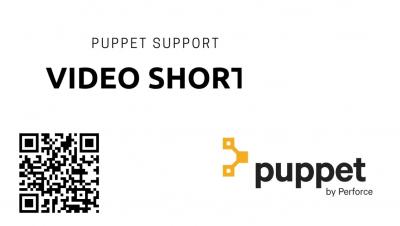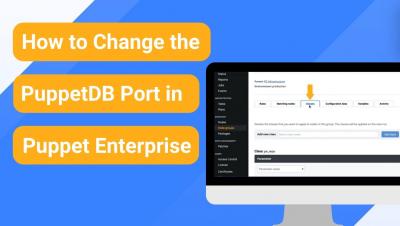How to rein in cloud chaos with Puppet
Cloud automation can do a lot for your organization, making it possible to automate resource creation, management, and housekeeping tasks. If you’ve thought that cloud automation is out of reach, or you’re curious to learn what it can do, we’re excited to announce a brand new webinar that can help! Discover cloud automation in action and walk away with code that you can get up and running within an hour.











